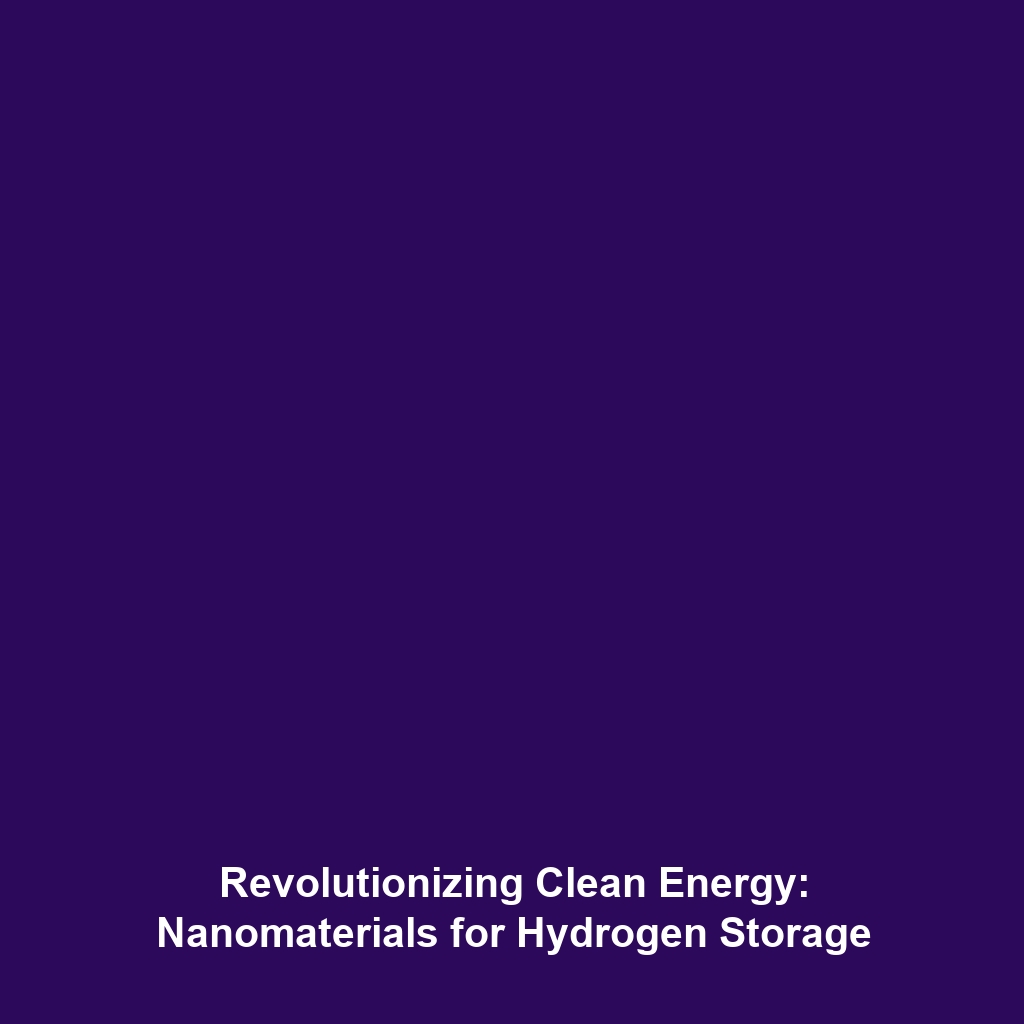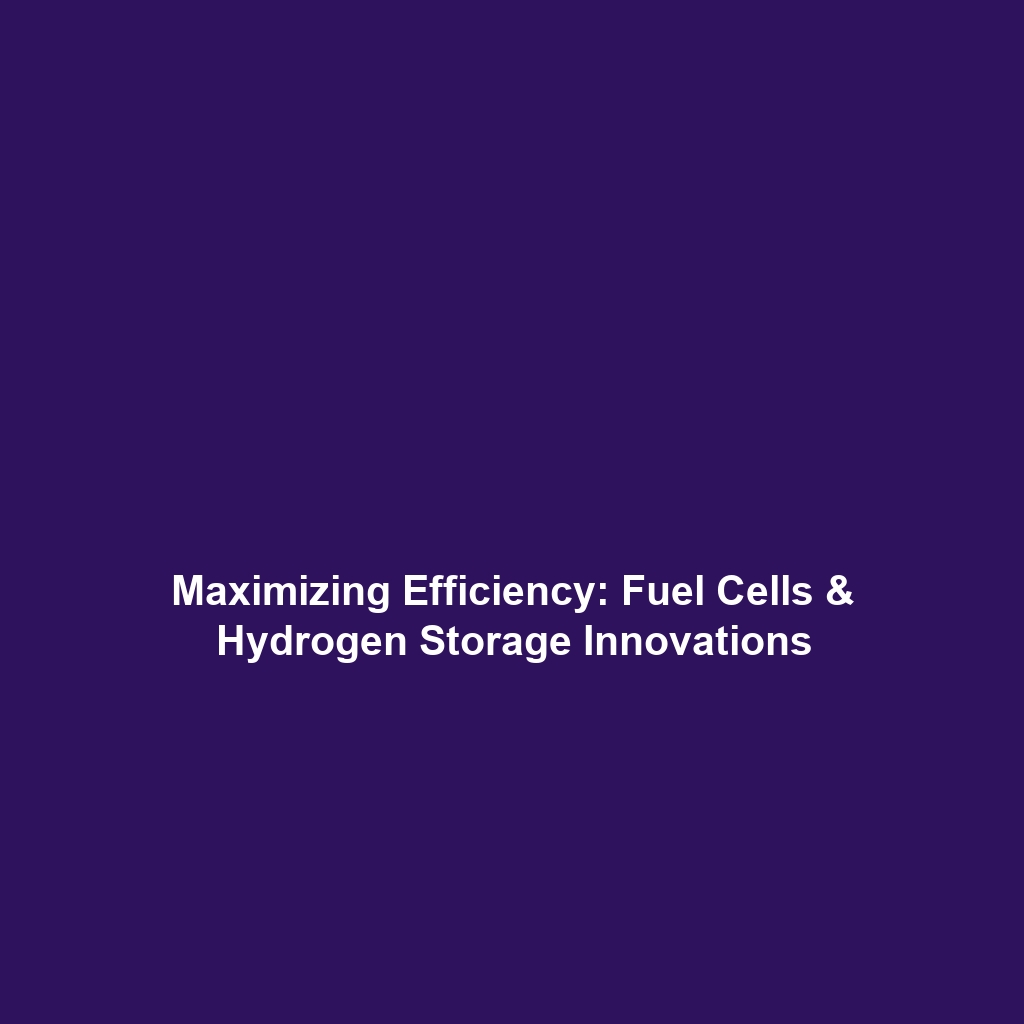Second-Life Batteries in Stationary Energy Storage: Advancing Battery Technology
Introduction
Second-life batteries, once used in electric vehicles (EVs), represent a transformative aspect of Battery Technology. As these batteries reach the end of their usable life for powering vehicles, they can still serve a significant purpose. Repurposing them for stationary energy storage applications not only conserves resources but also addresses the growing demand for sustainable energy solutions. This innovative approach highlights the importance of resource utilization and environmental sustainability within the broader context of battery technology.
Key Concepts
Understanding second-life batteries involves several key concepts:
- Capacity Diminishment: Batteries lose capacity over time, particularly after extensive use in EVs. However, they may still retain substantial energy storage potential.
- Repurposing Framework: The process of repurposing involves rigorous testing and refurbishment to ensure reliability and safety in new applications.
- Energy Storage Systems: These systems, utilizing second-life batteries, can enhance grid stability and provide backup power, reducing reliance on fossil fuels.
Applications and Real-World Uses
The applications of second-life batteries in stationary energy storage are diverse and impactful:
- Residential Energy Storage: Homeowners can integrate second-life batteries into solar setups to store excess energy for nighttime use.
- Commercial Energy Solutions: Businesses leverage these batteries for demand response strategies, ensuring energy availability during peak times.
- Grid Stabilization: Utilities utilize second-life batteries to balance supply and demand, contributing to a more reliable energy grid.
This demonstrates how second-life batteries are effectively used in battery technology to promote sustainable practices and energy efficiency.
Current Challenges
Despite their advantages, the use of second-life batteries faces several challenges:
- Performance Variability: Variations in battery condition make it difficult to predict performance, necessitating advanced testing protocols.
- Regulatory Frameworks: The lack of standardized regulations complicates the integration of second-life batteries into energy markets.
- End-of-Life Management: Ensuring that second-life batteries are disposed of responsibly after their secondary use presents logistical and environmental challenges.
Future Research and Innovations
Future research is poised to enhance the utility of second-life batteries in stationary energy storage and further advance battery technology:
- Enhanced Battery Diagnostics: New technologies that can accurately assess battery health will improve the repurposing process.
- Integration with Smart Grids: Innovations in smart grid technology will enable better utilization of second-life battery systems.
- Next-Gen Materials: Research into new materials for battery construction can enhance lifespan and efficiency, benefiting both first and second-life applications.
Conclusion
Second-life batteries present a valuable opportunity within the realm of Battery Technology. By repurposing these batteries for stationary energy storage, we not only maximize resource efficiency but also contribute to sustainable energy solutions. As research progresses and challenges are overcome, the impact of second-life batteries will undoubtedly broaden. To stay informed about the latest advancements in battery technology, check our [Energy Storage Innovations](#) and [Sustainable Practices](#) pages.

